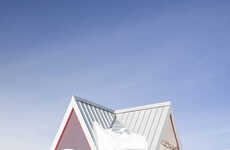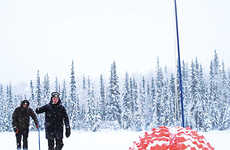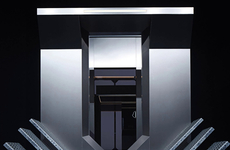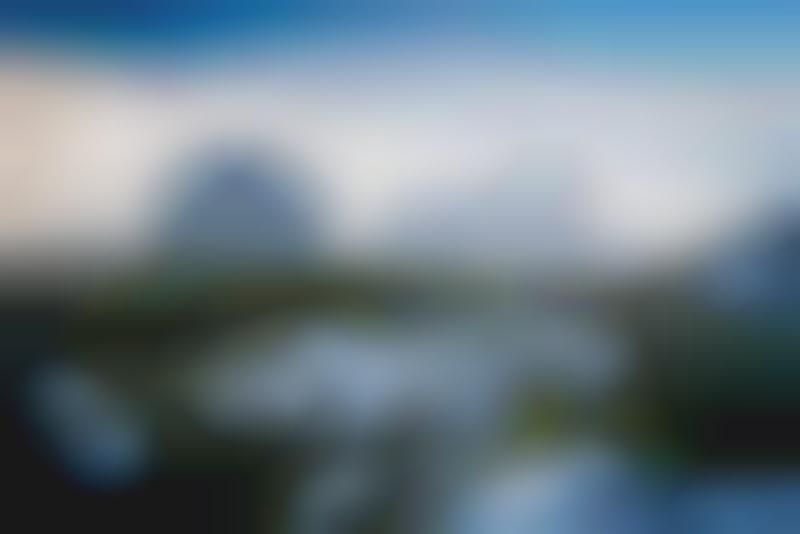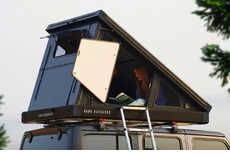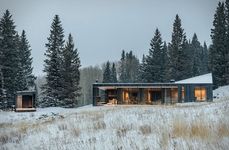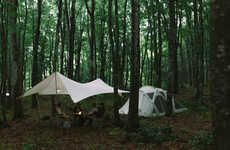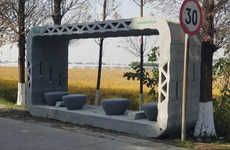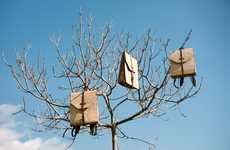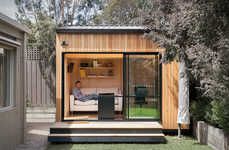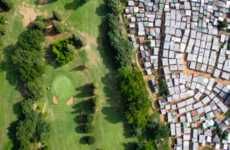
This Slovenian Shelter Can Handle Extreme Winter Conditions
Rahul Kalvapalle — October 14, 2016 — Art & Design
The Bivak II na Jezerih, translated to Bivouac II on the Lakes, is an innovative new alpine shelter that is situated high up in the Julian Alps of Slovenia and is decided to be able to handle some truly extreme mountain conditions. Situated over 2,000 meters above sea level, this particular alpine shelter is fitted with an extraordinarily tough and durable aluminum shell that allows the structure to remain unaffected by aggressive wind, heavy snow and biting cold.
What makes this alpine shelter even more innovative is the fact that it's designed so as to minimize the need for maintenance, owing to its location. For that reason, it features steel and concrete reinforcements in addition to its aluminum layer.
What's more, the shelter makes use of solar power, making it a great example of rugged but eco-friendly mountain architecture.
What makes this alpine shelter even more innovative is the fact that it's designed so as to minimize the need for maintenance, owing to its location. For that reason, it features steel and concrete reinforcements in addition to its aluminum layer.
What's more, the shelter makes use of solar power, making it a great example of rugged but eco-friendly mountain architecture.
Trend Themes
1. Extreme Alpine Shelters - An opportunity to develop more shelters that can effectively endure aggressive weather conditions with a focus on reducing the need for maintenance.
2. Durable Aluminum Structures - An opportunity to innovate in the production of aluminum structures that are able to withstand heavy snow, wind, and low temperatures, while reducing maintenance needs.
3. Eco-friendly Mountain Architecture - An opportunity to design more environmentally friendly shelters such as solar-powered structures with great durability for alpinists.
Industry Implications
1. Architecture - There is an opportunity to innovate in the production of architecture specifically for mountain areas, incorporating extremely durable materials and unique features that often arise when designing lodging at high elevations.
2. Outdoor Recreation & Tourism - There is an opportunity to participate in the development of sustainable architecture and the building of structures which cater to hikers and mountaineers who want to explore the great outdoors year-round.
3. Renewable Energy - Renewable energy industries provide opportunities for the development of strong and adaptable technology incorporating solar and other clean energy sources appropriate for extreme weather conditions.
4.7
Score
Popularity
Activity
Freshness


